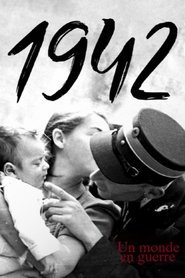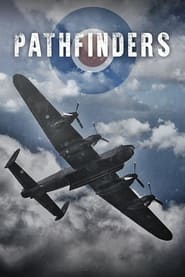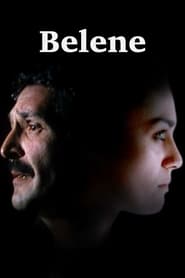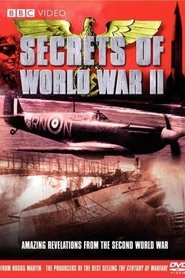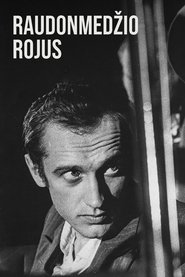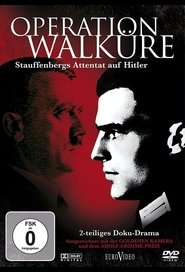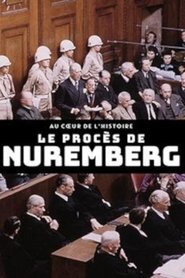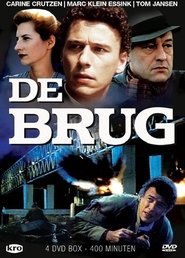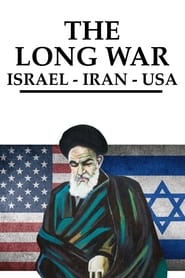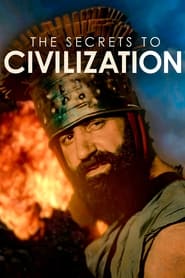Popular War Politics TV Series - Page 94
-
Insurrection
1966
Insurrection
1966
The events of the Easter Rising, told in the style contemporary news broadcasts and a series of dramatic reconstructions. -
Nazi Megastructures: Russia's War
2018
star 1The story of Hitler’s war on the Eastern Front – an attempt to liquidate the Russian people and gain living space for his superior Aryan race. It is a conquest that takes the Nazis all the way to the gates of Moscow and back to the heart of Berlin, and culminates in the collapse of the Third Reich. The series reveals the cunning strategy, defensive megastructures and military technology deployed in this devastating war of brutality between giants. -
Kaj Munk
1986
-
The Last Cyclist
2014
The Last Cyclist
2014
star 2.7A Christian orphan raised in a Jewish family has to face the cruel fate of Auschwitz during World War II. -
Greek Island Odyssey
2020
Greek Island Odyssey
2020
star 7.8Historian Bettany Hughes has embarked on an epic, personal journey. Inspired by Homer's The Odyssey, she will sail the unpredictable Mediterranean seas, tracing Odysseus's long journey home. Her mission: to experience what the Greek hero experienced and to uncover truths behind the myths and legends, all while enjoying the delights of ancient Greece today. Follow her 1,700-mile adventure as it takes her to over a dozen islands and 22 historic sites and puts her through two hair-raising storms and even an earthquake. -
Inherit the Winds
0000
Inherit the Winds
0000
The story takes place in the Bakumatsu era in Kyoto. A solider who has lost his memories is aided by the famous Shinsengumi member Sōji Okita. Sōji Okita names this man "Junsuke Tachikawa." Junsuke's life begins anew amidst the Mibu soldiers. -
Legendary Cities
2014
Legendary Cities
2014
star 8Embark in a journey through some of the most beautiful cities in the world in this documentary series. Each episode features a new city and explores the many things that make it the legendary place it is today. -
Pathfinders
1972
Pathfinders
1972
star 6During the second world war, the Pathfinder squadrons of RAF Bomber Command were the elite. All volunteers, their dangerous task was to fly in advance of bombing raids over occupied Europe and Nazi Germany and "light up" the target with flares and incendiaries. -
Belene
1987
Belene
1987
-
Ling Cage S2
0000
-
Secrets of World War II
1998
star 8Rarely has a war produced such clear cut reasons to fight as World War II. Suddenly, ordinary men and women found themselves thrown into fearsome, situations worthy of any Hollywood movie. The only difference in this series is that every story is true. Real people emerge as the Heroes of Telemark. Ordinary GIs and US Airforce and Navy personnel suddenly find themselves flying against the Japanese in China, jungle fighting in Burma and being dropped by submarine on enemy coasts at midnight. These untold stories can now be examined in great detail with the benefit of hindsight, newly-discovered film, maps and graphics. Each fifty-two minute story covers the background to the main action. It will give the viewer a clear view of the historical context, the strategic objective and the tactical effort made by flyers, sailors and foot-soldiers - often in the most oppressive and life-threatening situations - to win victory from the enemy. -
Raudonmedžio Rojus
1980
-
Operation Walküre
1971
Operation Walküre
1971
star 6"Operation Valkyrie" was the name of an official alarm plan during the Second World War. With the help of this plan, the conspirators around Claus Schenk Graf von Stauffenberg wanted to bring about the overthrow of Germany on July 20, 1944. The events are well known: Stauffenberg's assassination attempt failed, Adolf Hitler remained alive. In addition to the purely scenic reconstruction, this two-part, documentary-style film consists of interspersed interviews and reports with eyewitnesses and survivors who were directly involved. Everything that is available in the way of authentic testimony about July 20, 1944 is examined and documented with the highest degree of realism. -
Slow Burn
2020
Slow Burn
2020
star 8In this adaptation of the award-winning podcast, Slow Burn’s Leon Neyfakh excavates the strange subplots and forgotten characters of recent political history—and finds surprising parallels to the present. -
Brug, De
1990
-
The Long War: Iran, Israel, USA
2020
star 7.5Today, Israel and the United States are Iran's enemies par excellence. Their reconciliation seems impossible. Is the history of these three countries the chronicle of a war foretold, delayed for decades but inevitable? -
The Secrets to Civilization
2021
star 6.6Secrets to Civilisation is a groundbreaking History series which explores the recent explosion in data about our planet's past, offering a completely fresh perspective on the ancient world from the Bronze Age to the fall of Rome.
 Netflix
Netflix
 Amazon Prime Video
Amazon Prime Video
 Apple iTunes
Apple iTunes
 Apple TV Plus
Apple TV Plus
 Disney Plus
Disney Plus
 Google Play Movies
Google Play Movies
 Paramount Plus
Paramount Plus
 Hulu
Hulu
 HBO Max
HBO Max
 YouTube
YouTube
 fuboTV
fuboTV
 Peacock
Peacock
 Peacock Premium
Peacock Premium
 Amazon Video
Amazon Video
 The Roku Channel
The Roku Channel
 AMC+
AMC+
 Kocowa
Kocowa
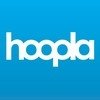 Hoopla
Hoopla
 The CW
The CW
 Vudu
Vudu
 Starz
Starz
 Showtime
Showtime
 PBS
PBS
 Pantaflix
Pantaflix
 FXNow
FXNow
 Tubi TV
Tubi TV
 Kanopy
Kanopy
 Comedy Central
Comedy Central
 Crunchyroll
Crunchyroll
 Microsoft Store
Microsoft Store
 Redbox
Redbox
 Sun Nxt
Sun Nxt
 ABC
ABC
 DIRECTV
DIRECTV
 Crackle
Crackle
 Fandor
Fandor
 Plex
Plex
